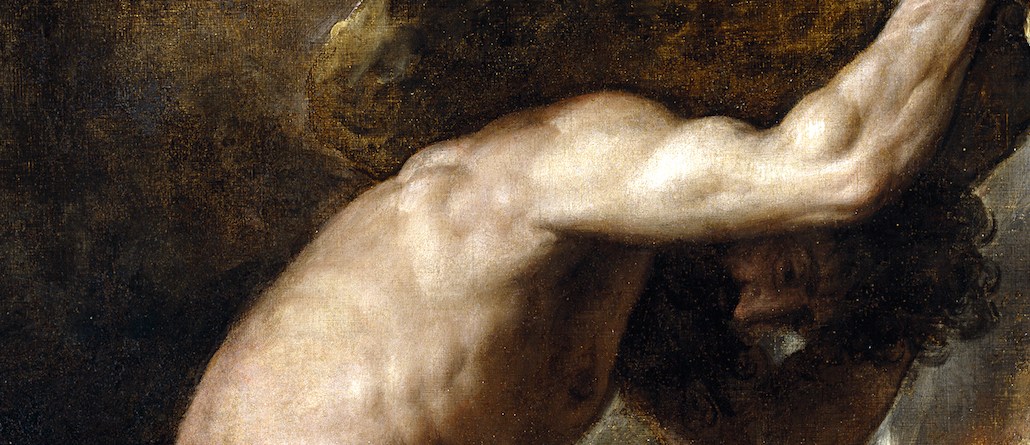Join us Dec. 1-3 in New Orleans for the Digiday Programmatic Marketing Summit

Virtual reality is hot right now, at least to hear production and media companies talk about it. The New York Times and DigitasLBi hosted an event on Wednesday, where the Times and four VR studios talked up VR and shared examples of their work. The word “amazing” got thrown around a lot. “All signs are, it’s coming into the mainstream,” said Scott Donaton, chief content officer at DigitasLBi. “This is real. This is not a fire drill. We believe VR is going to transform storytelling.”
But if marketers are mesmerized by the immersive experience they have when they put on a VR headset, they still aren’t so sure what it means for their brands just yet. We asked attendees about the top barriers preventing VR’s wider adoption by brands. Here’s what they said.
High cost
Often lost in the hype around VR is that it’s expensive to make, given the audience reached. A VR video can cost millions, which is why some agencies, which always want to be the first to adopt a new technology, are absorbing some of the risk by footing the bill for clients. “The costs have to come down,” said Marc Appel, managing director of content marketing at Accenture. “Adoption of the technology has to broaden before we can justify using it in a broader way.”
Measuring ROI
Another challenge for VR is evaluating it by existing standards, said George Hammer, svp of Digitas Studios. “Everyone wants to be first, but they also want low-risk, so they want data and proof points. Many clients are asking content to do more. I hear, ‘How can I tie content to sales?’ We’re still figuring out how to measure that.”
Finding the use case
Using VR in a gaming environment and to bring to life certain news stories is a no-brainer. The New York Times noted that people are watching VR video on its platforms for an average of six minutes, which is considered long in online video terms. But some brands, still thinking in terms of what traditional media such as flat digital ads and TV can do, don’t have the first idea of how VR can serve their marketing goals.
For Allstate, which has been focused on communicating the dangers of distracted driving, VR’s ability to elicit empathy could be a way to communicate that message, said Gannon Jones, CMO at Allstate. “This could bring the point home more strongly than traditional mediums have,” he said.
Since brands are still treating VR as an experimental medium, they’re not thinking about how it can support a larger message, which can limit its impact. “VR is a sexy add-on,” said Lauren Clifford, vp and group director of Digitas Studios. “They can’t necessarily see how VR fits into a campaign.”
B2B challenges
B2B marketers serving even narrower customer bases have other hesitations. Jessica Kachmar, who works in B2B marketing at Comcast, selling services to multi-dwelling housing units, can see an opportunity for VR to sell the benefits of Comcast’s services to property managers and the like but wonders: “Will that B2B audience buy into it? I got to find that story.” Not has VR been a big focus for Accenture, where the question is how the technology can play with its big-shot clients. “We sell our solutions to CEOs,” said Appel. “How do we get them to put on a headset?”
More in Marketing

Walmart adds AI-generated audio summaries to select product pages
Walmart has added such audio summaries to product pages on its app for more than 1,000 premium beauty products.

Digiday+ Research: Advertisers diversify their use of DSPs, to Amazon’s benefit
Amazon’s DSP has seen a growth in advertisers’ use of and preference for the platform over the last year and a half, as others such as The Trade Desk and Google have lost some clout with advertisers.

How brands are trying to optimize, outsmart AI answer engines across the zero-click landscape
AI answer engines are prompting marketers to rethink strategies for brand visibility and content optimization in a rapidly evolving, zero-click search landscape.





